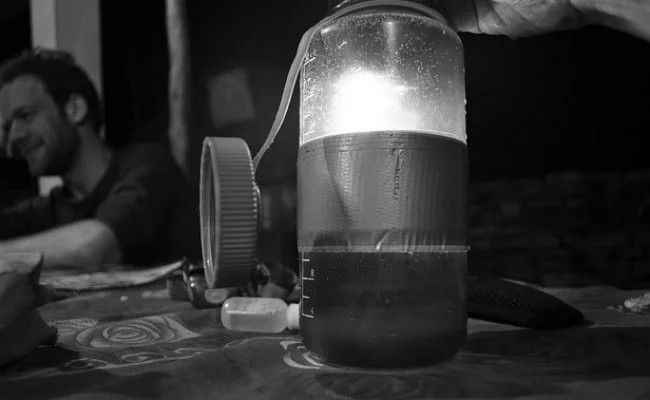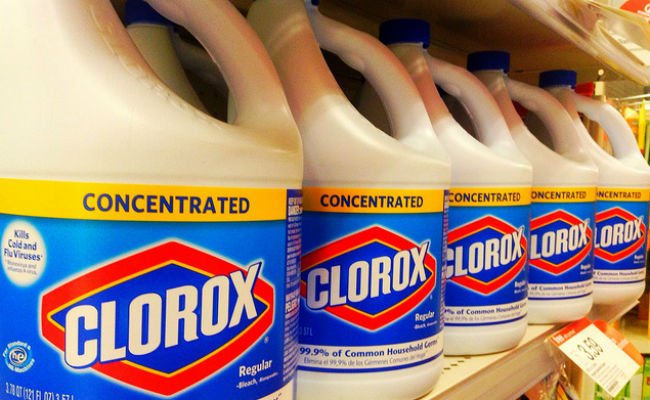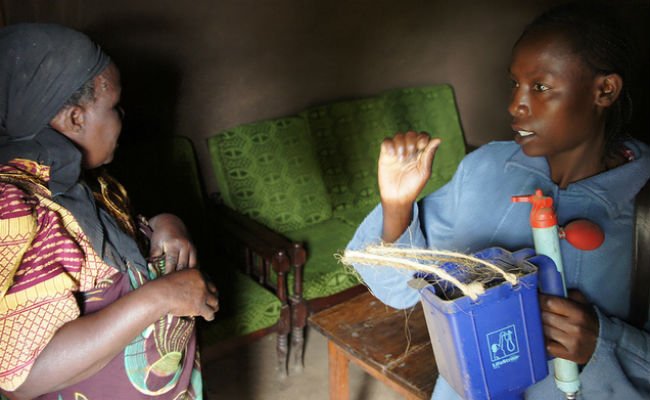Water is the essence of life.
Not to sound like Zoolander but it really is essential to human life. Sadly not everyone has access to the clean water.
Between 6-8 million people die each year from diseases related to water or natural disasters caused by water. This week is World Water Week and Global Citizen is taking a “deeper dive” into exploring just how important access to clean water can be. But first, I want to talk about some innovative and some just plain weird ways to clean contaminated water.
Microorganisms and parasites lurk in potentially clean water sources, making them unsafe. But if no other water sources exist, then a way around this has to be found. You have probably heard of certain methods for cleaning water like using Iodine tablets for disinfection or filtration. Even those methods are strange to someone who has all-you-can-drink tap water. But here are some others that are even more bizarre.
1. UV rays

I’ve seen a commercial on TV before for a product that looks like a light saber. It’s this long plastic wand with a plate in the middle that sends out UV rays to kill up to 99.9 percent of bacteria. It’s called a UV wand. And for the standard $19.99 (USD) a month you can disinfect your entire house with this wand. But I think there’s a better use for UV rays in terms of cleaning things. Water.
Dirty water can be cleaned with concentrated ultraviolet rays that destroy acids in DNA and kill microorganisms that cause waterborne diseases. This process is called ultraviolet germicidal irradiation (UVGI). Surprisingly, this technology can now be found in water bottles.
2. Bleach

This seems pretty counter intuitive (since it’s toxic) but according to the US Centers for Disease Control and Prevention (CDC) you can actually clean water with bleach. Adding one-eighth of a teaspoon of bleach to one gallon of water then waiting 30 minutes can again kill those microorganisms that make over 300 million people sick each year. This method should really only be used in cases of emergency like natural disasters before infrastructure for potable water has been repaired or set up.
3. LifeStraw

The LifeStraw is a straw that allows you to drink straight from a dirty water source, such as water mixed with cow poop. The main benefit of this bizarre method for purifying water is that you don’t need to carry or transport large amounts of water. It’s great for quickly getting clean drinking water when access is far away. LifeStraw works by filtering water through tiny pores small enough that parasites, dirt, and bacteria cannot pass through.
4. Animal bones
I find this the weirdest so far... Crushed animal bones were actually used to clean water contaminated with arsenic and uranium. Students at the University of Illinois are testing a way to use bone char from cows to filter out toxic chemicals from a contaminated water source. This would potentially provide an inexpensive way to pull contaminants from water and it would use naturally occurring biomaterials. However, this would not be the best method for people who do not eat meat for cultural or ethical reasons.
5. Riding your bike

Cycloclean is a water pump and filtration system created to provide access to clean water in regions that are hard to access via other modes of transportation. Users clean water by pedaling the bicycle which then filters the water, producing up to six litres of drinking water in one minute. This is also a great solution to the problem of transporting clean water. Providing bikes like these in developing countries where people (especially girls and women) spend hours each day, even missing school in the process, to access clean water would make a big difference.
Innovative minds have given humanity some crazy inventions. I think it’s great to see some of these inventions being used to solve issues like access to clean water. Who would ever think that sunlight (or UV rays) or riding a bike could be solutions to one of the world’s biggest challenges? These innovations and strange ways to clean dirty water are just some of steps to help the remaining 780 million people access clean water.
TAKE ACTION NOW and sign the petition asking Canadian leaders to make clean water and sanitation a priority!